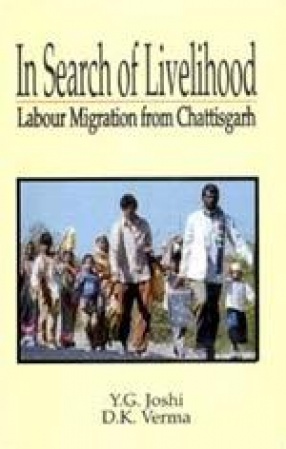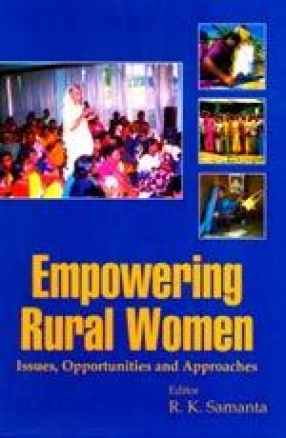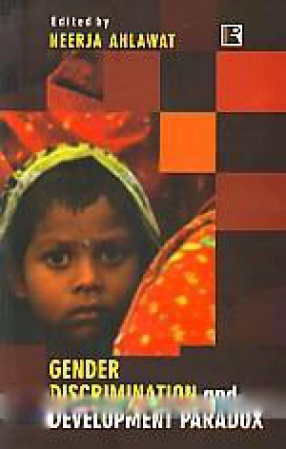Migration studies have been a domain of sociologists, economists and geographers alike. However, interdisciplinary studies are few. Based on the empirical data covering 1498 households from 100 sampled villages, this interdisciplinary study analyses the quantum, nature and direction of seasonal labour migration from Chhatisgarh, together with its effects on the society in general and the family of the migrants in particular. Seasonal labour out-migration is today a regional character of the area, involving nearly a million population which, barring few southern states, moves nearly to all parts of the country. The labour migration form this area can not be categorized as development migration, based on maximization of the profit, but is a part of household survival strategy of the marginal farmers and land-less workers who are unable to find work locally from December to June. Nevertheless migrating out for work has become an essential component of household economy for a large section of poor population and therefore it is necessary to change the attitude of, both the media and administration towards migration which is erroneous called as ‘palayan’. The study is quite comprehensive and analytical. The recommendations are based on grass-root realities, necessitating the role of the state to act as facilitator to enable the workers to he a better deal and to reduce the problems faced by them. Besides providing deep insight into this phenomena in the present context, the study will be useful to various agencies involved in regional planning and human resource development.
Women’s Building Peace
$49.50
$55.00









There are no reviews yet.